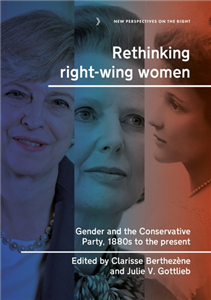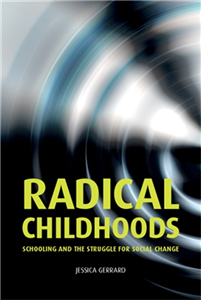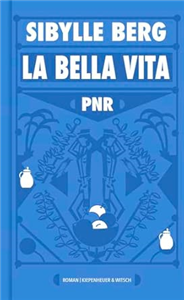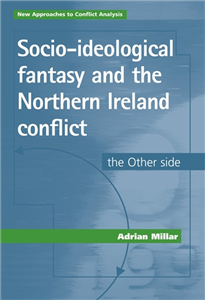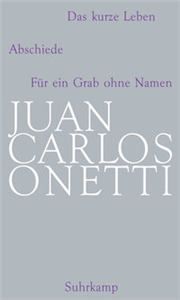Essays zur Literatur, Musik und Architektur in Lateinamerika
Alejo Carpentier wurde 1904 als Sohn eines französischen Architekten und einer Russin in Havanna geboren. Zweisprachig mit Französisch und Spanisch erzogen, ging er in Havanna und Paris zur Schule, studierte Architektur, Literatur und Musikwissenschaften. Er war Mitarbeiter und Herausgeber verschiedener Zeitungen und Zeitschriften, organisierte sich in der Opposition und kam 1927 wegen rebellischer Aktivitäten für ein halbes Jahr ins Gefängnis.
Kurze Zeit später ging Carpentier für 11 Jahre ins Exil nach Paris, wo er als Musikkritiker, Komponist und Journalist arbeitete. Das Exil machte ihn mit aktuellen Strömungen, vor allem mit dem Surrealismus, und mit vielen spanischen und lateinamerikanischen Schriftstellern vertraut und sensibilisierte ihn für seine lateinamerikanischen Wurzeln. Das Aufeinanderprallen von moderner Zivilisation und mythischen Kulturen Lateinamerikas bestimmte schon seinen ersten, dokumentarischen Roman ¡Ecué-Yamba-O! von 1933.
Von 1939 an lebte Carpentier wieder in Havanna. Er fand schnell Anschluß an die intellektuellen Kreise, lehrte als Professor für Musikwissenschaft an der Universität, schrieb Zeitungsbeiträge und arbeitete für eine staatliche Rundfunkanstalt. 1945 floh er vor dem Terror der Batista-Diktatur ins venezolanische Exil nach Caracas, wo ihm eine gut bezahlte Stelle bei einer Werbeagentur finanzielle Unabhängigkeit sicherte; gleichzeitig hatte er den Lehrstuhl für Kulturgeschichte an der dortigen Kunsthochschule inne. Die Eindrücke und Erfahrungen einer Haiti-Reise verarbeitete er in dem Roman El reino de este mundo von 1949 (dt. Das Reich von dieser Welt, 1964) über den Aufstand der Haitianer gegen die französischen Unterdrücker in Napoleonischer Zeit. Zu einem Manifest lateinamerikanischer Kultur wurde das Vorwort zu diesem Buch, in dem Carpentier sein Konzept des »Wunderbar Wirklichen« darlegte. Mit La música en Cuba von 1946 machte er sich einen Namen als einer der führenden Musikwissenschaftler Lateinamerikas. Musik spielte in seinem Leben und in seinen Büchern eine große Rolle, so in den Romanen Los pasos perdidos von 1953 (dt. Die verlorenen Spuren, 1982) und El acoso von 1956 (dt. Finale auf Kuba, 1960; Hetzjagd, 1989).
In den 50er Jahren gehörte Carpentier schon zu den bekanntesten Schriftstellern Lateinamerikas. Nach Castros Sieg kehrte er 1959 nach Kuba zurück, wo ihm viele hohe Ämter übertragen wurden. Er war außerdem Professor für Literatur an der Universität Havanna und von 1967 an Leiter des Staatsverlages. 1962 erschien der historische Roman El siglo de las luces (dt. Explosion in der Kathedrale, 1964) über die Folgen der französischen Revolution auf Kuba.
Von 1966 an lebte Carpentier als Kulturattaché der kubanischen Regierung in Paris. 1974 erschienen der Roman El recurso del método, (dt. Staatsraison, 1976; Die Methode der Macht, 1989) - eine sarkastische Charakterisierung eines lateinamerikanischen Diktators - und die Novelle Concierto barroco (dt. Barockkonzert, 1976). La consagración de la primavera von 1978 (dt. Le Sacre du Printemps, 1993) gilt als eine Bilanz des 20. Jahrhunderts und trägt deutlich autobiographische Züge. 1979 erschien sein letztes Buch El arpa y la sombra (dt. Die Harfe und der Schatten, 1979).
Carpentier war ein enzyklopädisch gebildeter Autor, dessen Werk als monumentales literarisches Geschichtsfresko Lateinamerikas bezeichnet wird. Es ist bestimmt von einer engagierten Verbindung von Literatur, Politik und Geschichte und dem Bekenntnis zur menschlichen und gesellschaftlichen Freiheit. Carpentier hat mit seinem Konzept des »Wunderbar Wirklichen« die Heterogenität lateinamerikanischer Kulturen in einer Konstante zusammengefaßt und den Weg geebnet für eine künstlerische und kulturelle Selbstbestimmung Lateinamerikas.
Alejo Carpentier starb am 24. 04. 1980 in Paris.
Anneliese Botond (1922-2006) studierte und promovierte in Paris. Sie war als Lektorin und Übersetzerin für Französische und Lateinamerikanische Literatur tätig.











